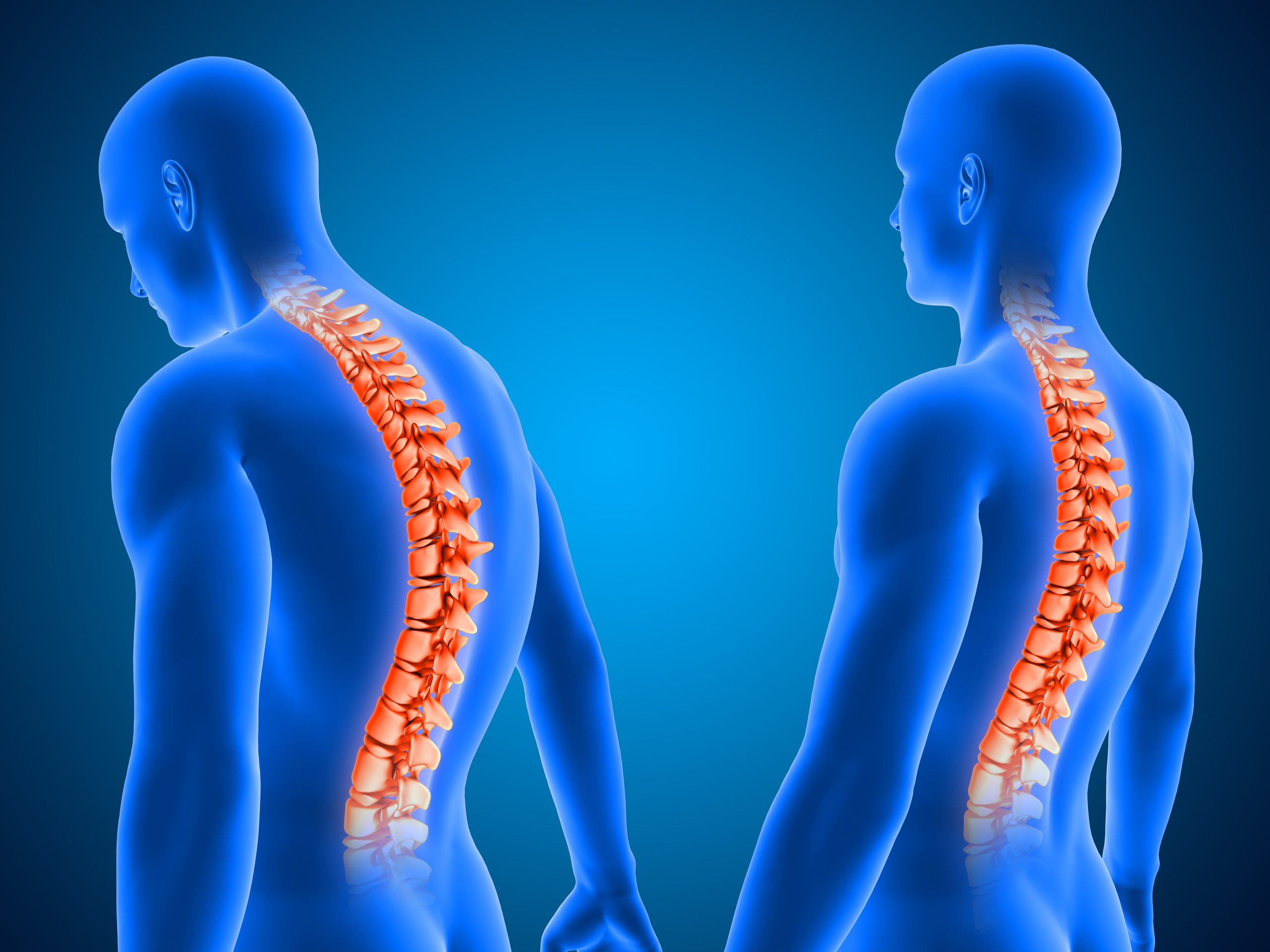The vast majority of persons with cervical disc disease discomfort (more than 90%) will get well on their own with modest, conservative treatments over time. Cervical Disc Surgery, on the other hand, may be helpful if other therapies fail or if your symptoms deteriorate to the point where you lose strength in your arms and legs. Cervical myelopathy is the medical term for this condition, and surgery is suggested by Spine Specialists.
An irregularity in one or more discs (the cushions) that reside between the neck bones causes cervical disc disease (vertebrae). When a disc is destroyed, it can produce neck pain owing to inflammation or muscle spasm. This can be caused by degenerative disc disease (or DDD) or an unknown reason. In severe situations, pressure on the cervical nerve roots or spinal cord can cause discomfort and numbness in the arms.
The disc that is pinching the nerve or pressing on the spinal cord is usually removed during Cervical Disc Surgery. A discectomy is a name for this procedure. The surgeon can remove the disc through a tiny incision in the front (anterior discectomy) or rear (posterior discectomy) of the neck while you are under anesthesia, depending on where it is placed. Microdiscectomy, a comparable procedure, removes the disc using a microscope or other magnifying device through a tiny incision.
When a disc is removed, a technique is usually undertaken to seal the space left behind and return the spine to its previous length. Patients might choose between two options:
- Replacement of the cervical disc with an artificial disc
- Fusion of the cervical vertebrae
The Prestige Cervical disc, which appears and moves similarly to a natural disc but is composed of metal, was authorized by the FDA in 2007. Several artificial cervical discs have been created and authorized since that time. According to ongoing research, the artificial disc can relieve neck and arm discomfort as safely and efficiently as cervical fusion while providing a range of motion that is comparable to or better than cervical fusion. People who receive the artificial disc are frequently able to return to work sooner. The procedure to replace the disc, on the other hand, is more time-consuming and can result in higher blood loss than cervical fusion.
It’s still unclear how long the artificial discs will survive. Cervical fusion is an option for people who receive an artificial disc. However, if a patient has cervical fusion initially, an artificial disc cannot be placed in the same location subsequently.
